
Rochester might be small, but this charming town has lots of things to do. Located in Kent, Southeast England, it is the second oldest city in England, dating back to 604 AD. This town is overflowing with character and charm, keeping the historical flare of the Tudor to Victoria era.
Rochester is home to the famous English writer Charles Dickens who wrote about many places and people in the town. Browse the independent stores and enjoy nature along the Medway River while sightseeing at some of the most stunning historical sites.
Here are my favorite things to see in Rochester:
Rochester Cathedral
Rochester Cathedral‘s remarkable structure displays influences of the Anglo-Saxons through the Medieval period and up to the present day. The Cathedral is the second oldest church in the UK and has been a house of Christian worship since 604 AD. During the 13th century, the Cathedral became a place of Pilgrimage and is still a place of pilgrimage today.

The Chapter Door, located on the south side of the Cathedral, is an elaborately decorated door that leads into the Cathedral Library. Here you will find an outstanding collection of rare and historical books, manuscripts, and photographs, some dating back to the 12th century.
Explore the beautifully refurbished medieval crypt housing Rochester’s Mystery Book Exhibition. The Cathedral is home to the Textus Roffensis, the only existing copy of the first code of English law. The monks of Rochester wrote it in the 1120s, which influenced the words in the Magna Carta.
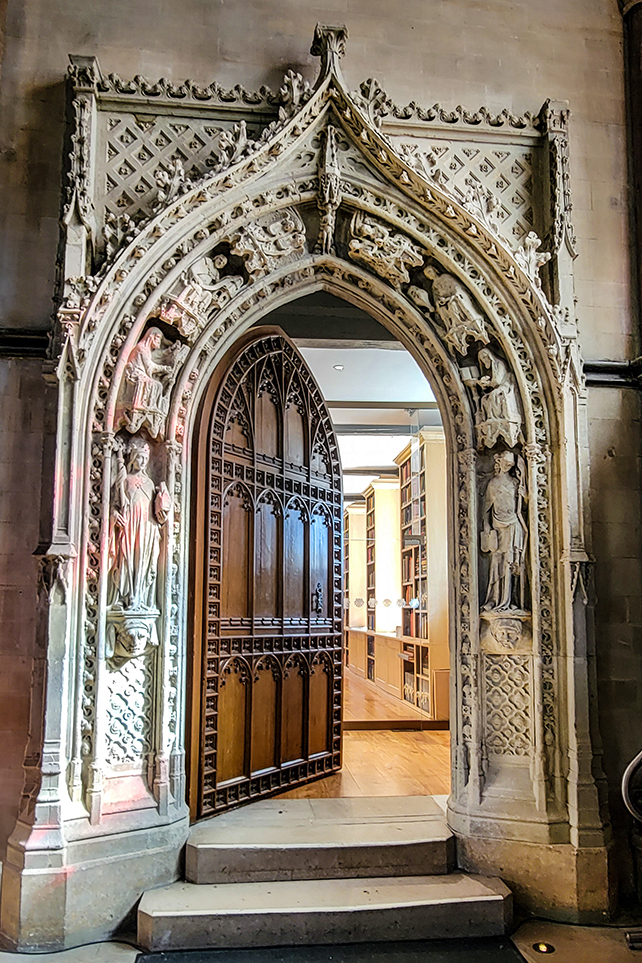
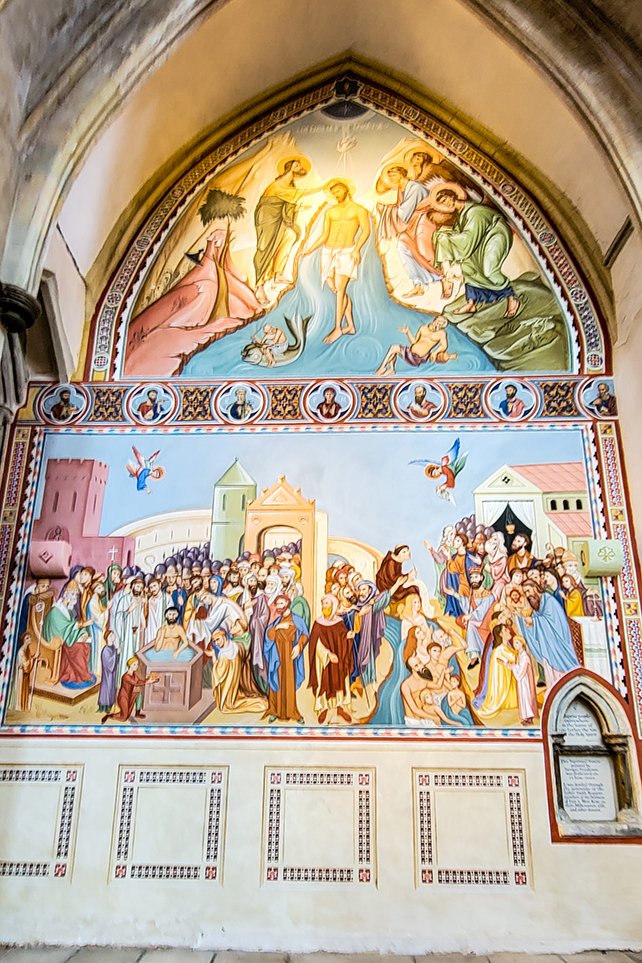
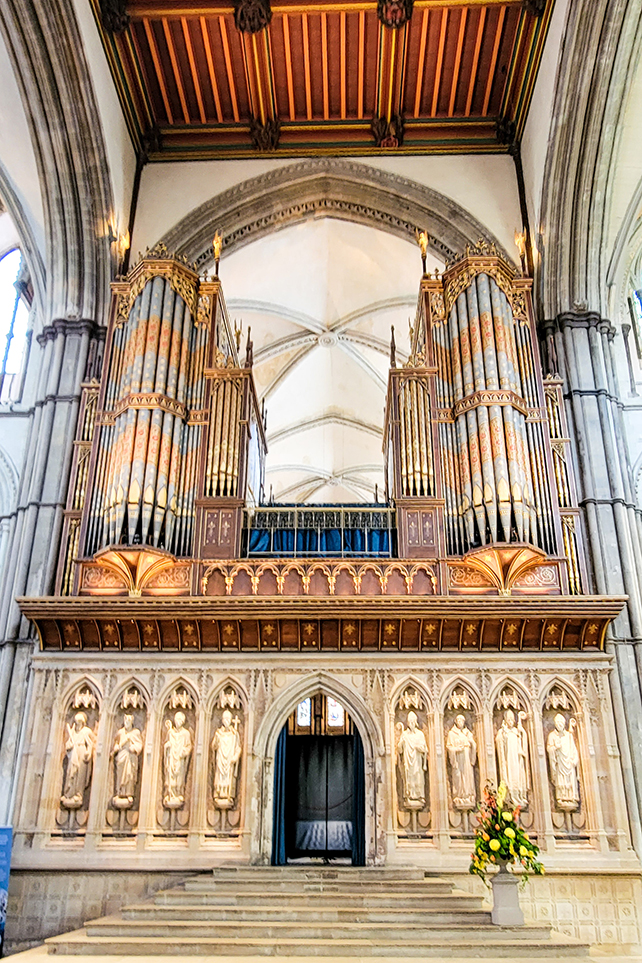
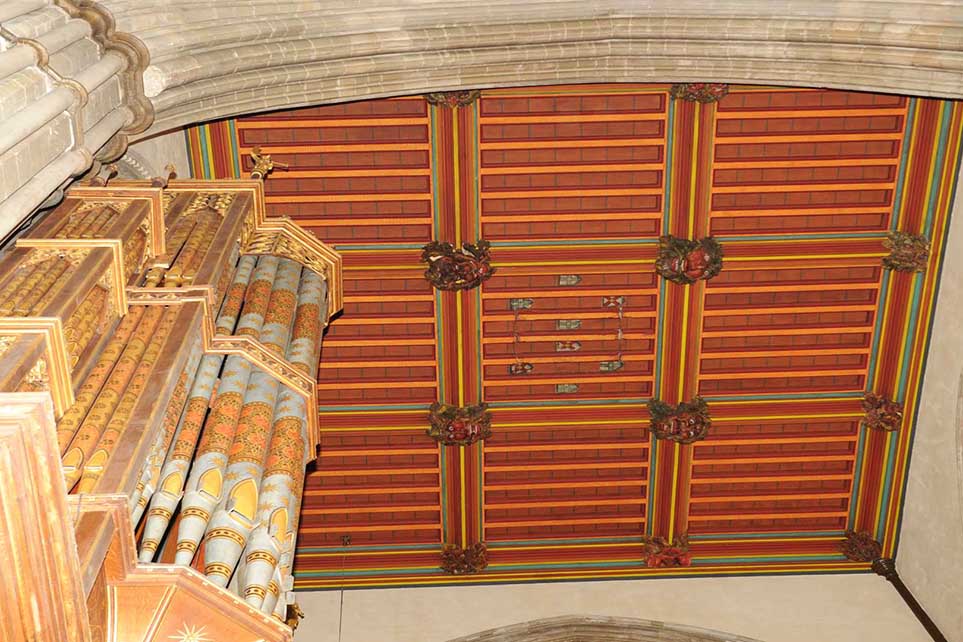
As you get closer to the Nave, look up to notice the red ceiling. In the ceiling, you will find four peculiar faces that look demon-like, known as the ‘Green Men.‘ The name comes from the greenery surrounding the faces. This was typical artistry in churches during the Middle Ages in Europe. It is believed to be a Pagans’ symbol who once worshipped trees.
See the breathtaking medieval wall painting of Fortuna spinning her Wheel of Fortune. You will find other magnificent wall paintings throughout the church.
Today, the Cathedral is free to walk about freely, or book a guided tour to learn more about the details within the church. The Cathedral also hosts music concerts, theater shows, and exhibitions.
- The Cathedral has a café located in the medieval crypt.
- Hours: Mon. – Sat. 10:00 – 16:00, Sun. 13:00 – 15:00
- Admission: FREE
Rochester Castle
Rochester Castle is a spectacular reflection of Norman architecture found in England. Many refer to this impressive Castle as ‘The Garden of England.’ The Castle was built in the 1080s along the Medway River. The 12th-century keep or stone tower is the Castle’s most prominent feature and is best preserved in England. For decades the Castle has undergone sieges and was burnt down in the 1660s.
Today, the Castle is one of Rochester’s major attractions and hosts festivals and events throughout the year.
- Hours: Open Daily 10:00 – 16:00
- Admission: Adult £7.40
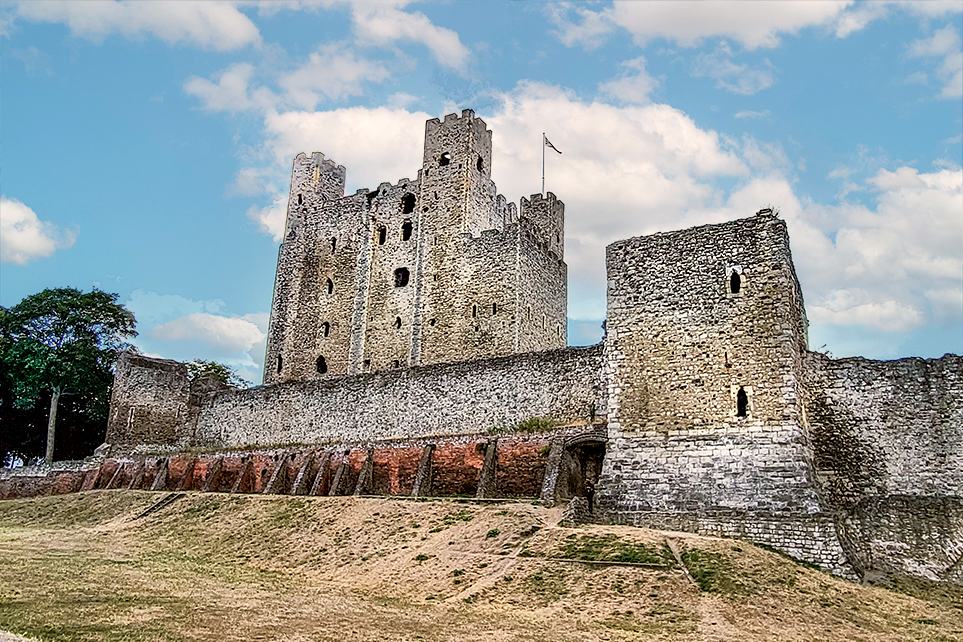
Jasper’s Gateway
Charles Dickens wrote about John Jasper in the 15th century, a Cathedral organist with a bachelor flat in the gatehouse. Its open portal leads from the busy High Street of Rochester into the quiet area of the Cathedral. The timber house atop the alternating local stone was converted into a small house in the 18th century.
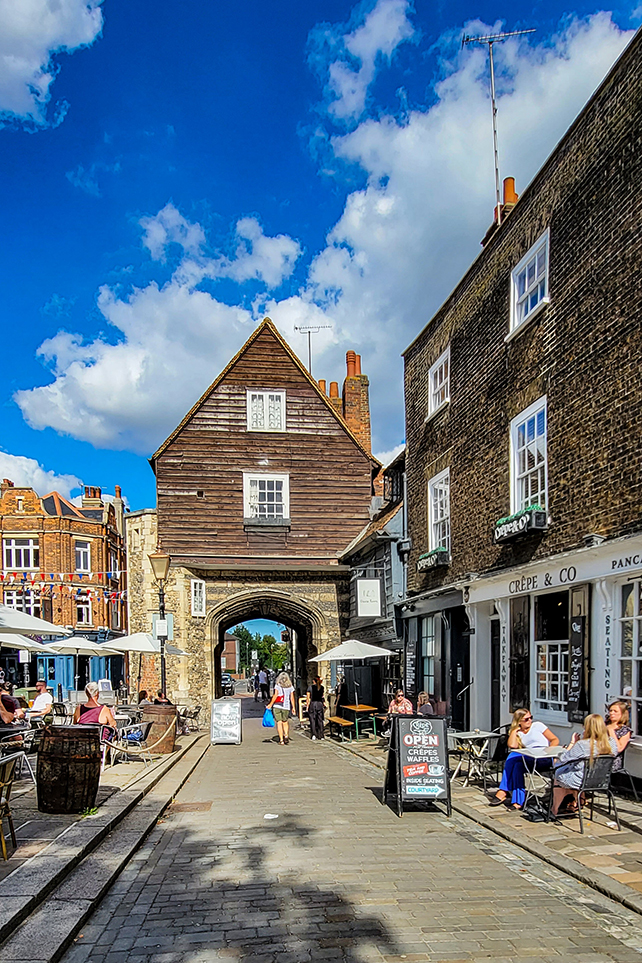
Rochester Bridge (Old Bridge)
For centuries the Medway River in Rochester had the lowest fixed crossing. In the 14th century, the old Roman bridge was destroyed by winter storms. A medieval bridge that replaced the original had eleven stone arches and a drawbridge. In the 1850s, a new cast iron Victoria bridge with three arches and a swing bridge replaced the medieval one. After years of service, the need to be reconstructed, adding arches above the roadway to provide more clearance under the bridge.
Take a stroll on the pedestrian walkway of Rochester Bridge and admire the views of Rochester Cathedral.
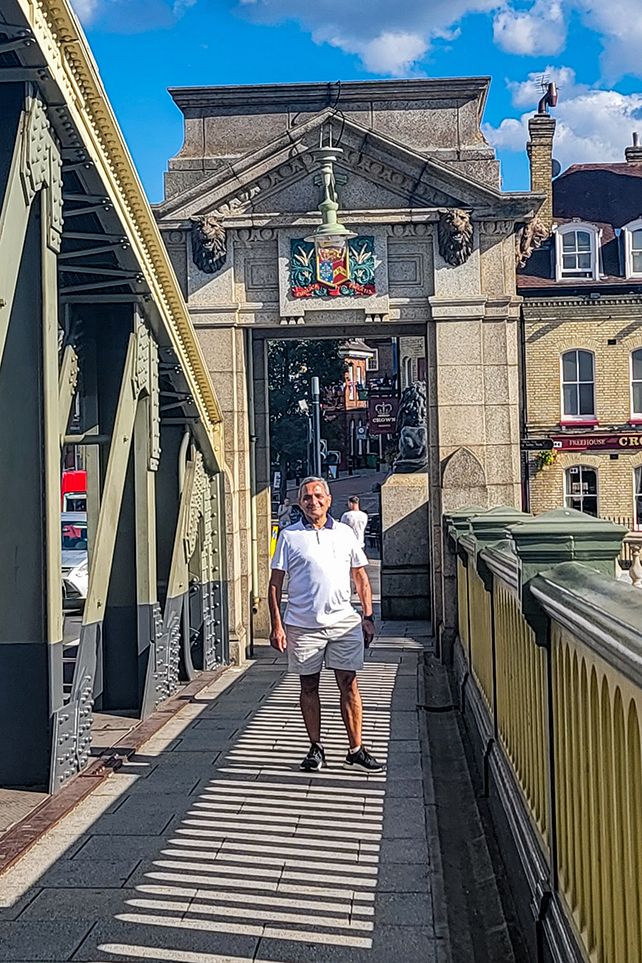
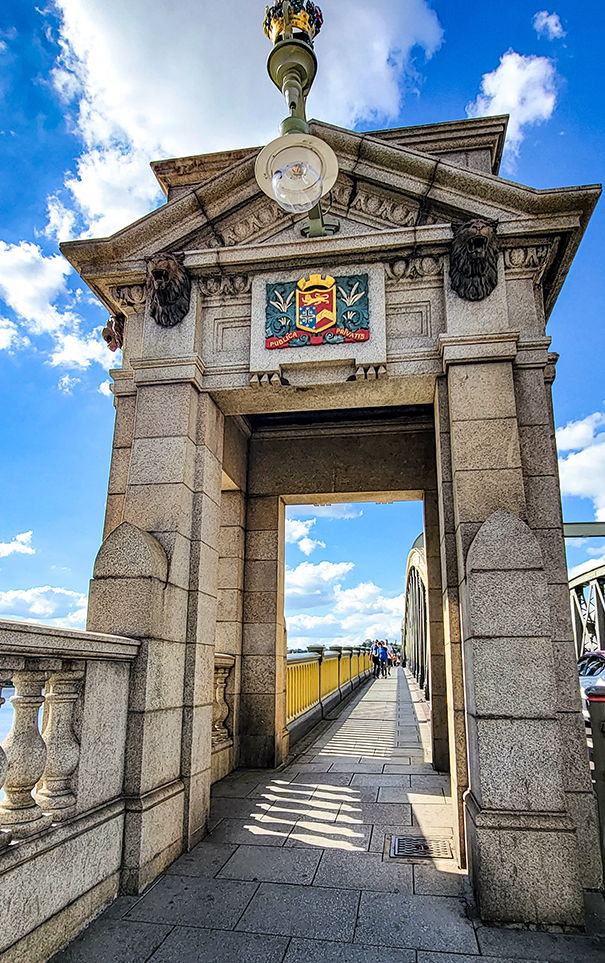
Historic Naval Dockyard
With over 400 years of maritime history, Chatham Historic Dockyard deserves to be mentioned while visiting Rochester. The Dockyards is one of the most well-known for building the HMS Victory, which launched in 1765. This 18th-century dockyard gives you a proper understanding of ship-making and an opportunity to jump aboard two HMS Gannet and HMS Cavalier warships. Then, descend into the HMS Ocelot submarine and experience what those sailors endured under the sea.
- Hours: February – November 10:00 – 16:00
- Admission: Adult £25.50
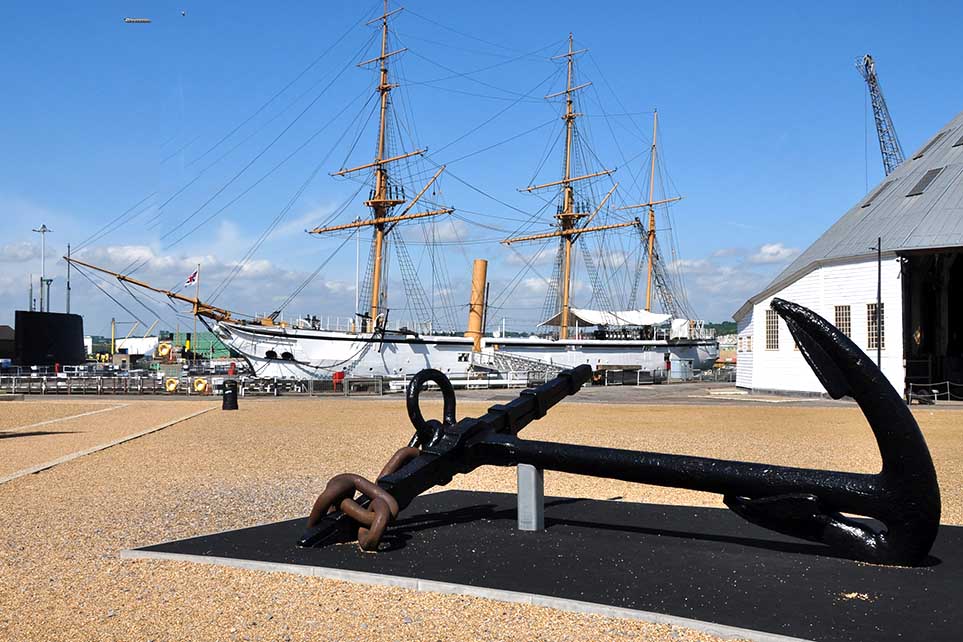
High Street
My favorite part of Rochester was walking up and down High Street. You will feel like you have stepped back in time or inside a Dickensian novel. The short walk from top to bottom is filled with charm and character with Tudor cottages and 17th-century townhouses.
You will find ice cream parlors, restaurants, bookstores, boutiques, and vintage and antique shops here.
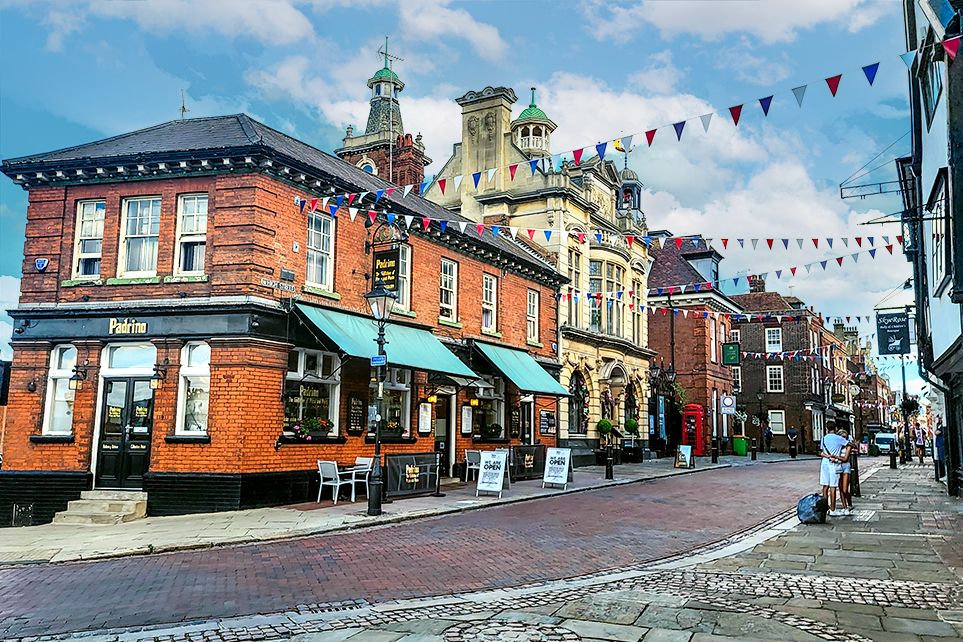
Here are a few places to check out along the way:
- Field Staff Antiques is a fun store to browse for vintage items and antiques.
- Baggins Book Bazaar is England’s largest second-hand bookstore, filled with many Charles Dickens novels and other famous writers from around England.
- Two Post Alley separates a Tudor building with a 19th-century shop front, a private house of 1778. The decorations over the first-floor windows reminded the time when the building was used commercially.
- Mr. Tope’s Plaque is the home of Mr. Tope, the Chief Verger of the Cathedral in ‘The Mystery of Edwin Drood’ novel by Charles Dickens.
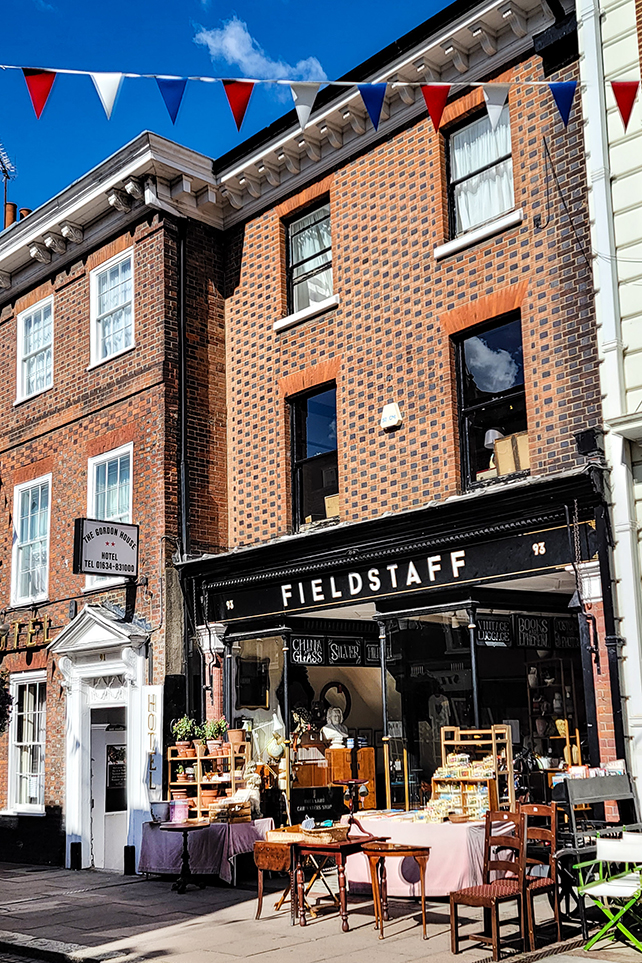
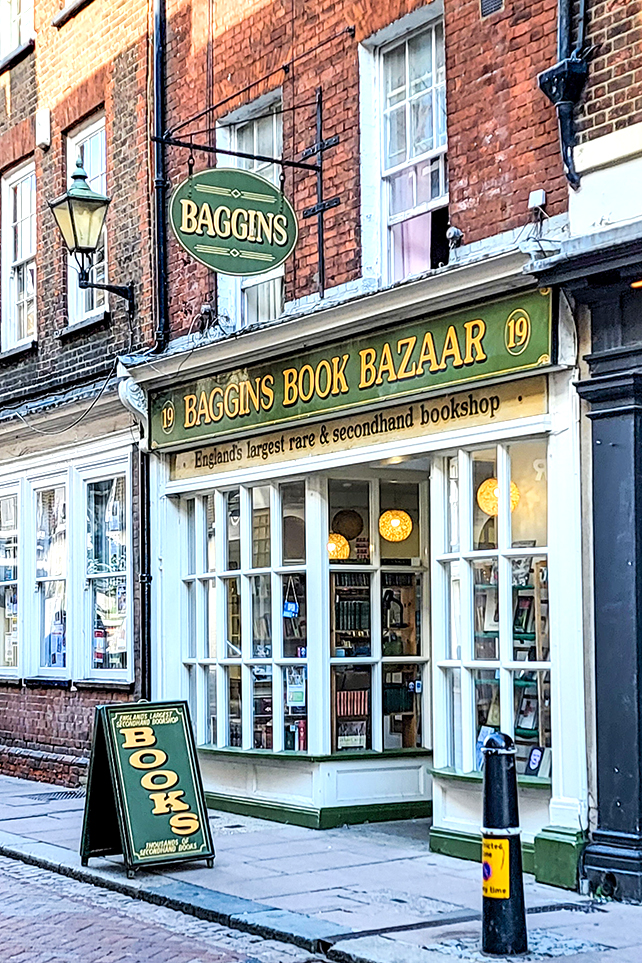
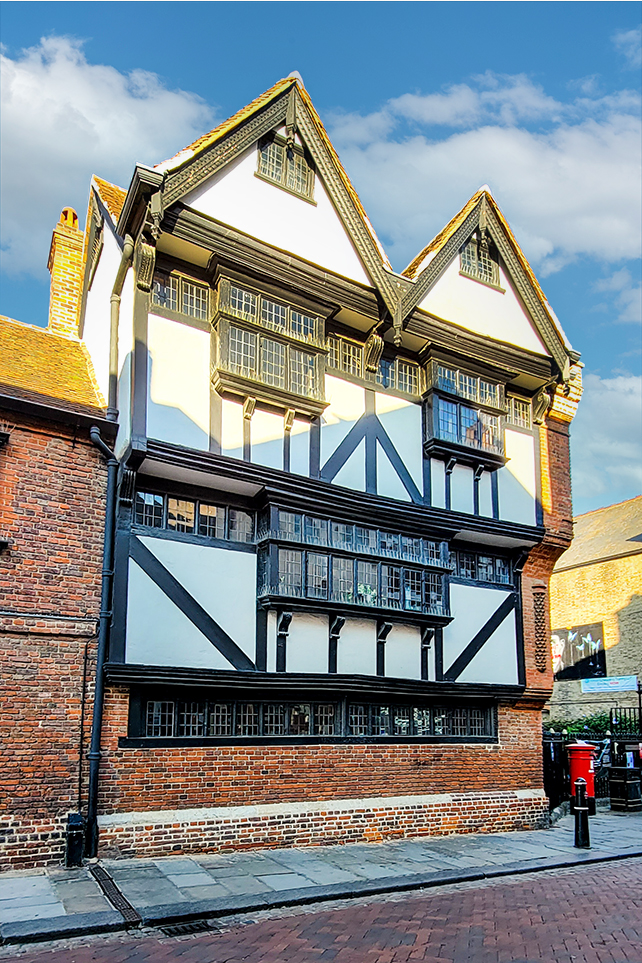
- The Royal Victoria & Bull Hotel is some four hundred years old. One of the hotel’s most famous visitors was Princess Victoria, later to become Queen, who stayed on the night of November 23, 1836. In addition, Charles Dickens stayed here on many occasions and featured the hotel in two of his most famous works, ‘The Pickwick Paper’s and ‘Great Expectations.’ The hotel is available for reservations.
- The Corn Exchange is also known as the ‘Clock House.’ The Rochester Corn Exchange was built in 1706 by Sir Cloudesley Shovell, and his coat of arms is displayed on the building. The building served as a butcher’s market, a courtroom, and a corn market. In the 1920s, it became the first cinema known as the ‘The Old Corn Exchange Picture Palace.’ Today the building operates as a venue for weddings, parties, and musical and business events.
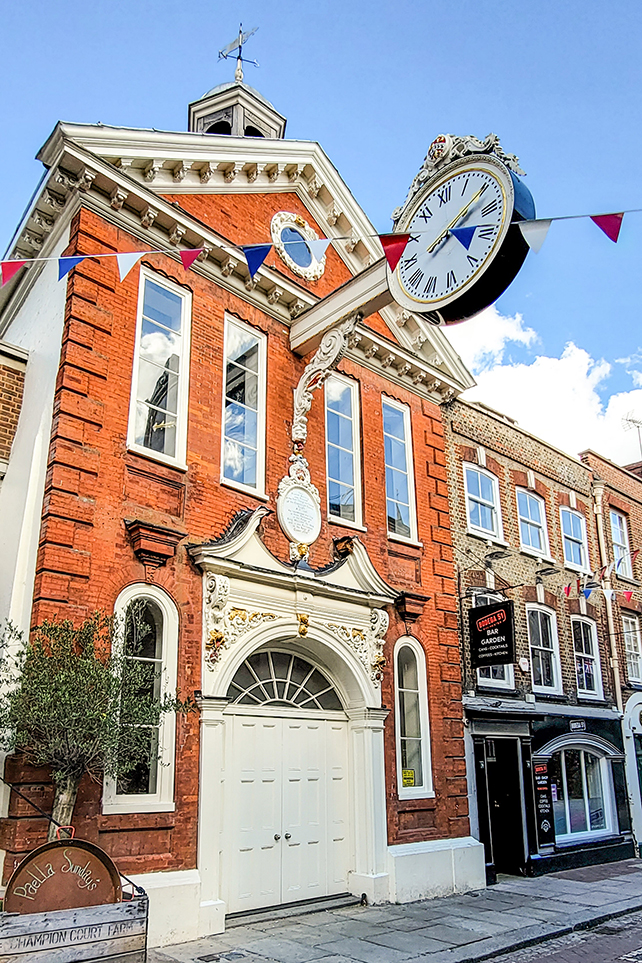
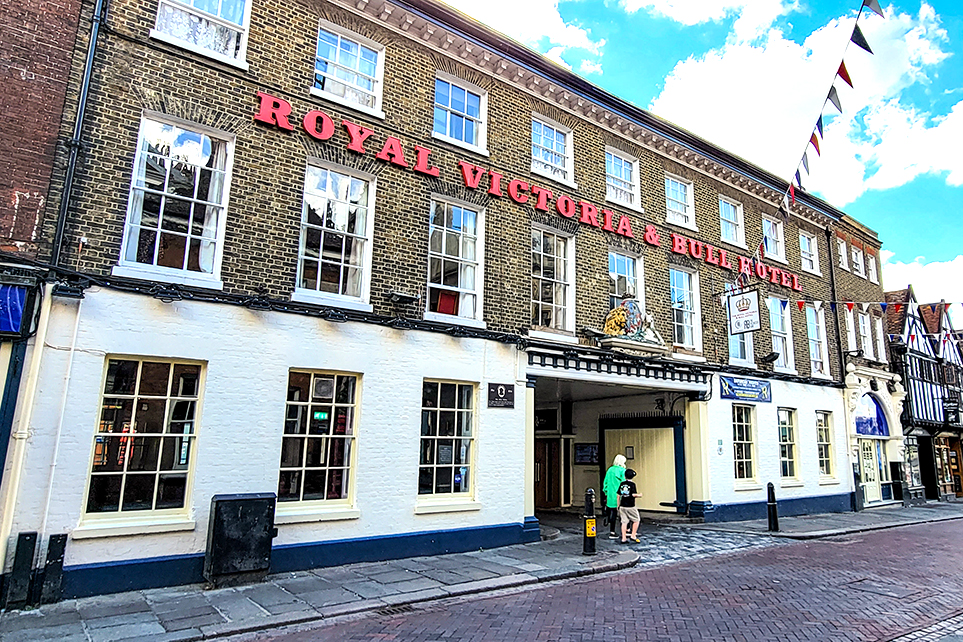
The Six Poor Travelers House
When Richard Watts died in 1579, he left money to the almshouse, in which he lived, of six rooms to house poor travelers for one night only, food, entertainment, and four pence each. If they were ill, they could stay longer. The house opened to travelers in 1586 and continued until 140.
The house became famous from the short story by Charles Dickens called The Seven Poor Travelers. Today you can walk through the furnished house as they always have been, ready for travelers to arrive.
- Hours: Wed. – Sun. 11:00 – 13:00, 14:00 – 16:00
- Admission: Free
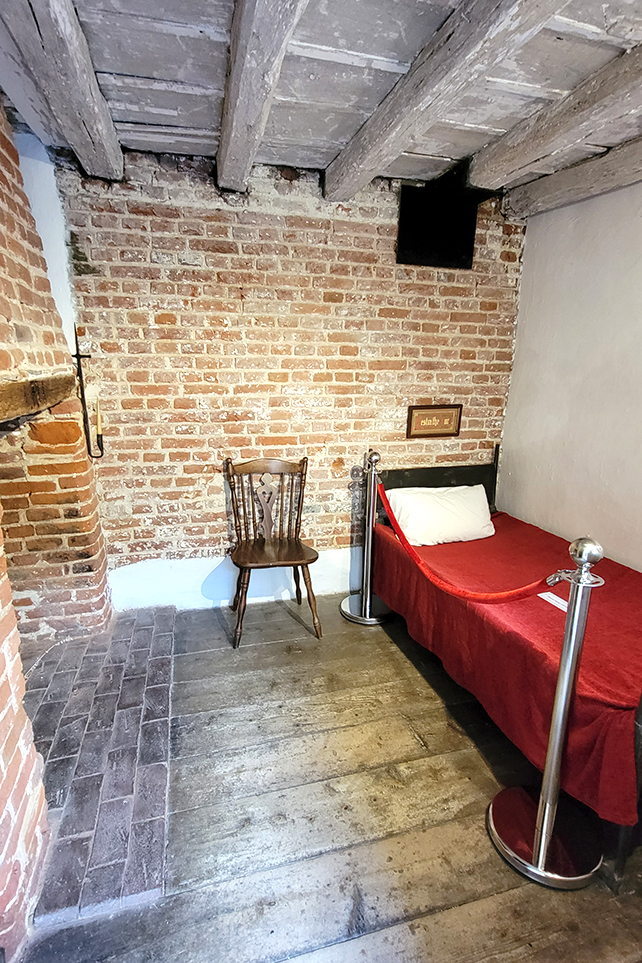
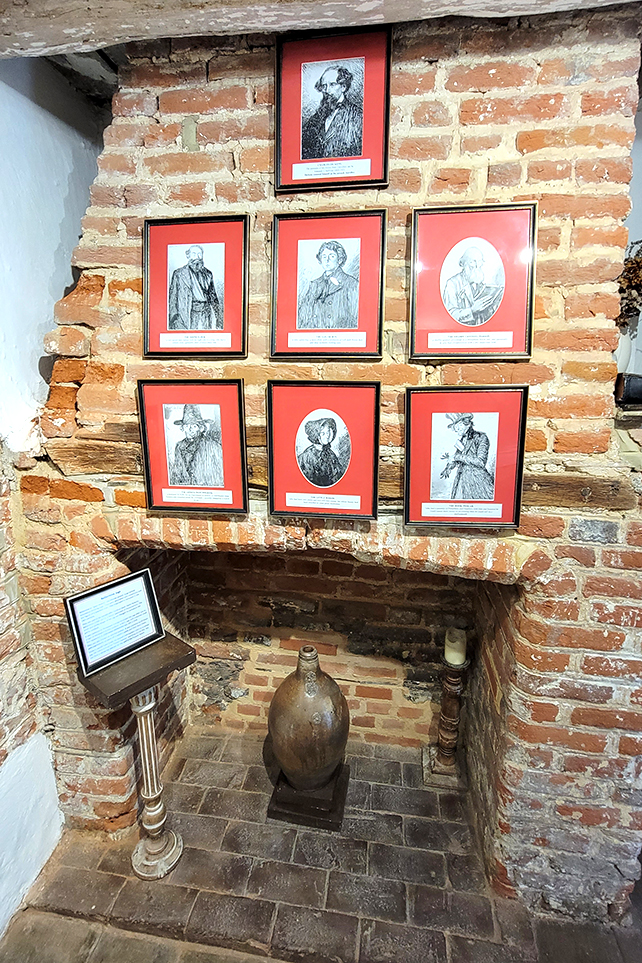
Restoration House
Explore the gardens of the Restoration House. The gardens are stunning, with topiary hedges and fountains everywhere. This home is a fine example of an Elizabethan mansion.
The 17th-century gem was the inspiration for Miss Havisham’s Sati’s House in Great Expectations.
This is where King Charles II spent his first night back in England on his way to reclaim the throne in 1660. Today the home is privately owned and is under restoration. Unfortunately, it is only open on specific days, so check the website.
- Hours: Thursday & Friday 10:00 – 17:00, Saturday 12:00 – 17:00
- Admission: Adult £11
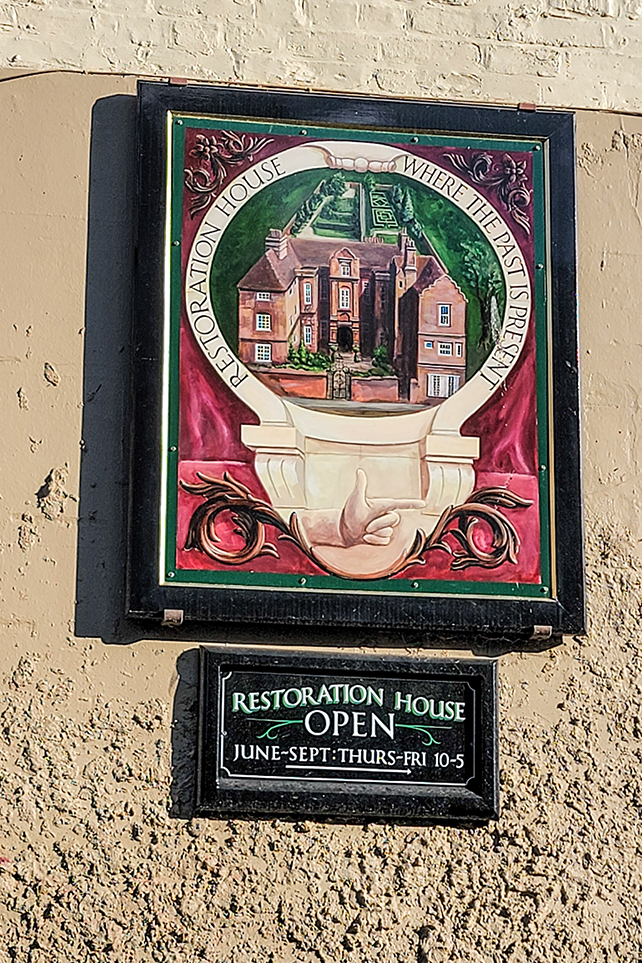
The Vines
Across the street from Restoration House is The Vines, one of the historic gardens of Rochester with tranquil, green space with tall mature trees.
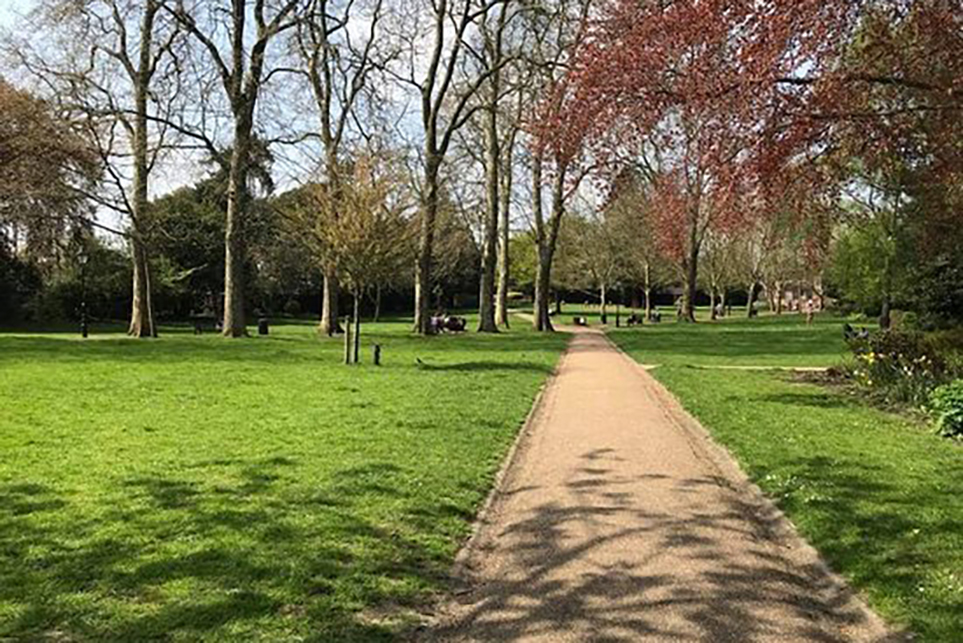
St. Margaret’s Church
The original St. Margaret’s Church was believed to have been built in the 10th century. The church you see today of the nave and chancel were built in the mid-19th century, but the tower remains from the medieval church. Inside you will find an organ that was installed in 1877.
A few historic celebrities were members of this congregation, such as John Newton, the author of the hymn ‘Amazing Grace.’
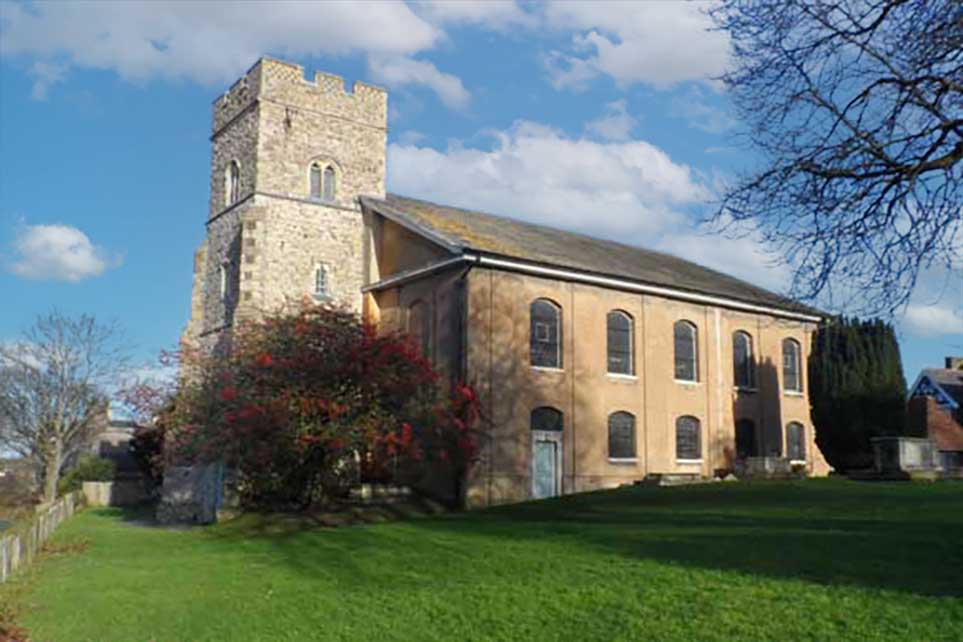
Eastgate House
One of the fascinating buildings on the High Street is the 16th-17th century townhouse called the Eastgate House. Sir Peter Buck, a senior officer at the Royal Tudor Dockyard, once owned the family home. It has served as a Victorian boarding school, hostel, and museum and became an inspiration to the great author Charles Dickens.
Dickens’s Swiss Chalet stands in the house gardens, used by the author as his study at Gad’s Hill Place.
Check the website for hours.
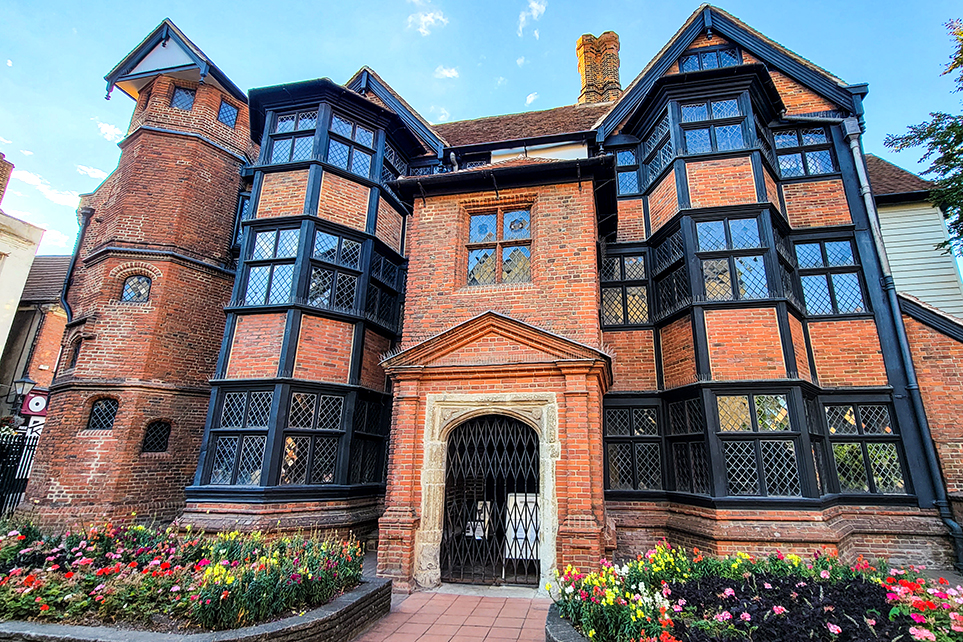
- The Swiss Chalet is where Charles Dickens worked on some of his best-known novels. It was given to Dickens as a present from an actor friend named Charles Fechter. When Dickens constructed the building in Gad’s Hill, he arranged the second floor to be high enough to give him a view of the Thames River. To avoid the busy muddy road, he built a tunnel to go underneath the road. The tunnel still exists today. The Chalet was later moved to Cobham and then finally to Eastgate Gardens in 1960.
- Gad’s Hill Place was a beautiful countryside home spotted by Charles Dickens’s father, and he would always point it out on his walks. Because the Dickens family was plagued with financial problems, his father always noted an interest in the home. Charles’s father told him that if he worked hard, he could live in the house one day. He did. Charles bought the home in 1856 and lived there until 1870.
Huguenot Museum
Located inside the Medway Visitor Center on High Street is the Huguenots Museum. The Huguenot Museum is Britain’s first and only museum of Huguenot history. The museum tells the story of Britain’s first refugees, the crafts, trades, and skills they brought, and their impact on the country’s development.
The French Hospital set up The Museum, an almshouse charity in Rochester founded in London in 1718 by the Royal Charter to support the Huguenot refugees. The French Hospital moved to Rochester in the 1950s and continues to operate today.
- Hours: Tues – Sun. 11:00 – 16:00
- Admission: £5.50
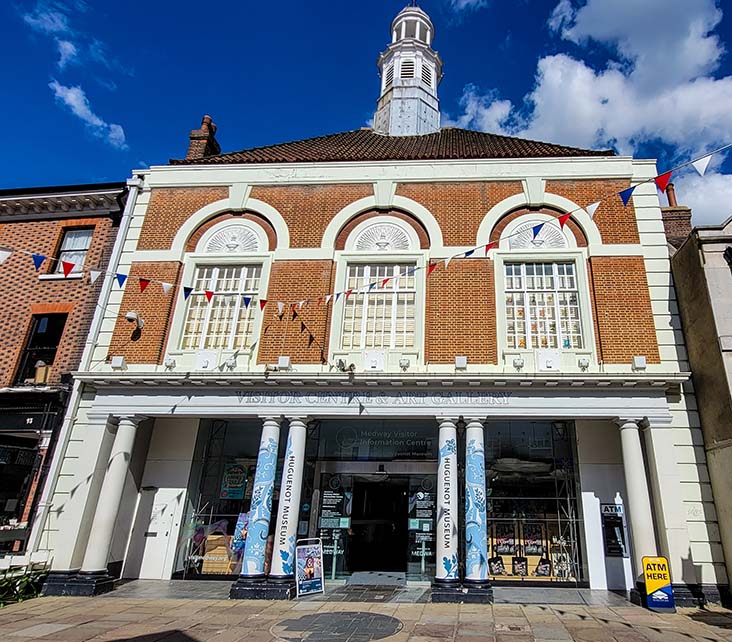
Guildhall Museum
Near the Rochester Bridge on High Street is the Guild Hall Museum which dates to the 17th century. The museum displays an excellent collection of the local history of Rochester. Check out the decorative plaster ceiling, gorgeous traditional interiors, a 200,000-year-old ax, civic silver, regalia from Medway’s past, and more.
‘The Making of Mr. Dickens’ is an exhibition of his life and many of his characters and stories.
- Hours: 10:00 – 17:00
- Admission: Free
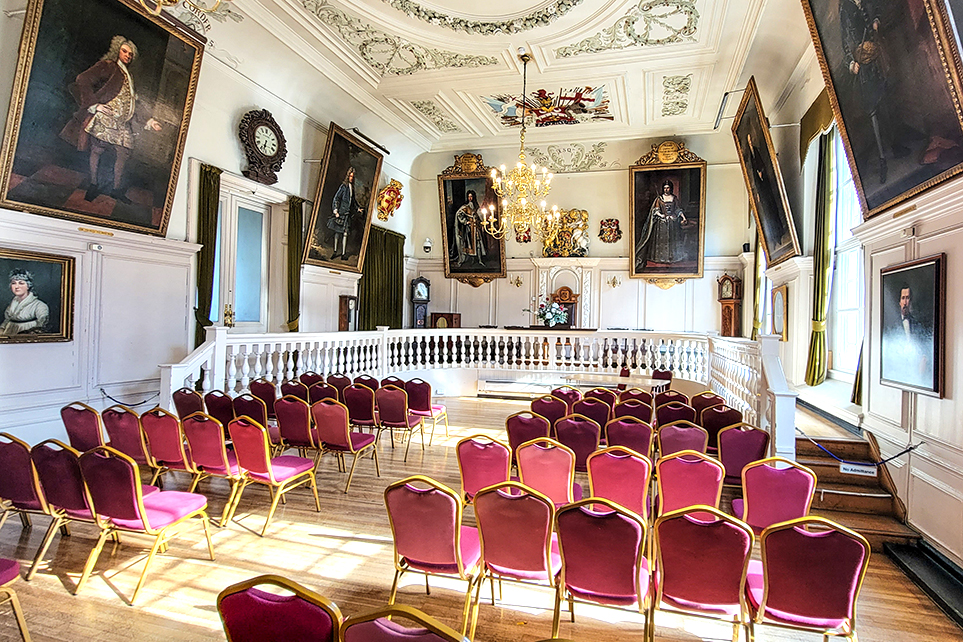
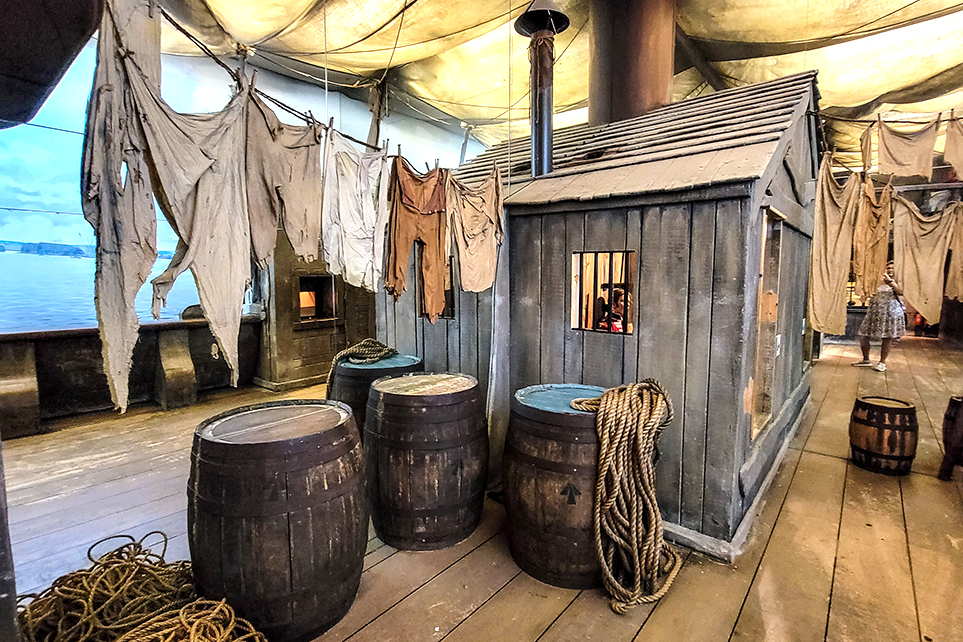
St. Nicholas Church
There was a dispute between parishioners and the Bishop of Rochester, who later ordered the parishioners out of the Cathedral to establish their own church. So, in 1423 St. Nicholas Church was built. Throughout its history, it has undergone reconstruction; in the 19th century, the church was expanded. Today, St. Nicholas is operating as the headquarters of the Diocesan Board of Education.
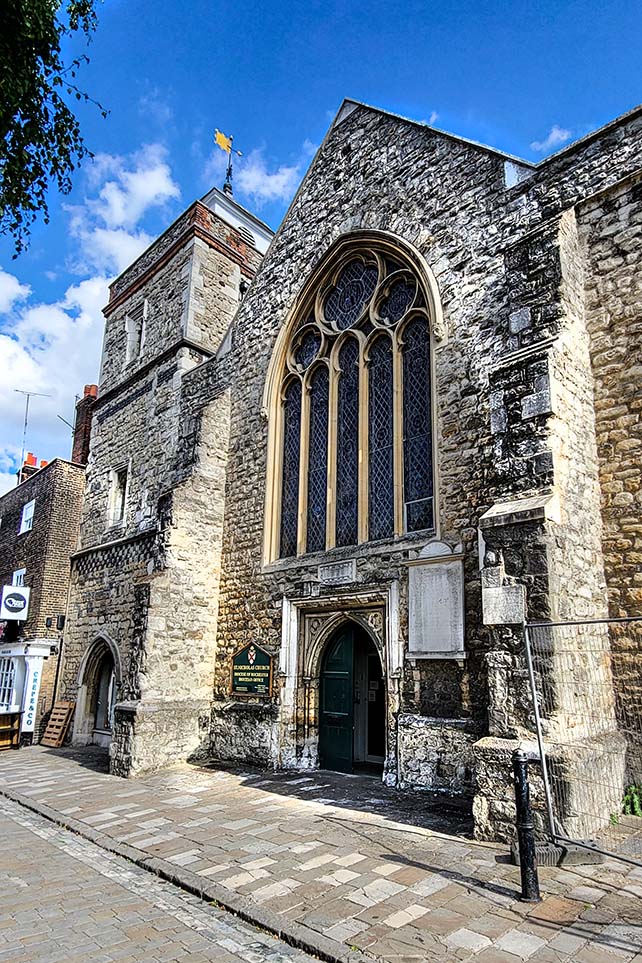
St. Andrew’s Lakes
St. Andrew’s Lakes is an old quarry transformed into a beautiful lake. Lined with an artificial beach makes for a great place to swim or enjoy a day paddleboarding. The lake is about 15 minutes from the center of Rochester and worth a visit on a hot summer day!
Visit Upnor Castle
Near Rochester town, nestled on the Medway River, is an Elizabethan artillery fort called Upnor Castle. The Castle was built between 1599 – 1601 to protect warships moored at Chatham dockyards. It played a prominent role as England’s largest ‘Magazine’ storing guns and ammunition.
- Hours: Tue. – Sun. 10:00 – 18:00
- Admission: Adult £7.40
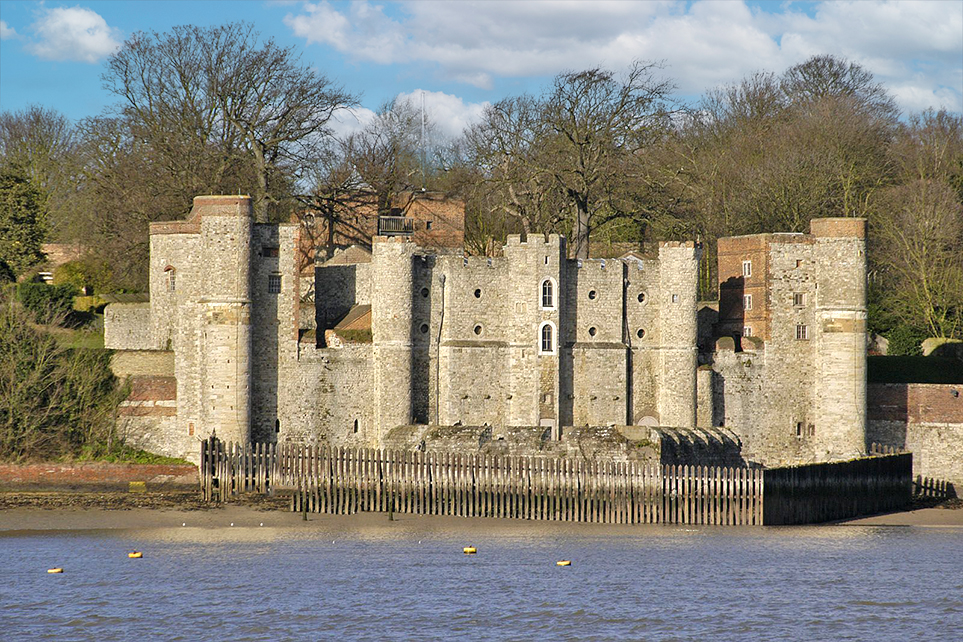
Shepherd Neame Brewery
Visit one of Britain’s oldest breweries, Shepherd Neame Brewery, in Faversham, a short distance from Rochester. Nestled in the medieval market town of Faversham, you can take a guided tour to learn about the history and process of making beer.
If you enjoy a cold glass of beer, this is the place to be!
- Hours: Tour times vary but most or either at 11:00 or 14:00 Wed. – Sat.
- Admission: Adult 20 for tour

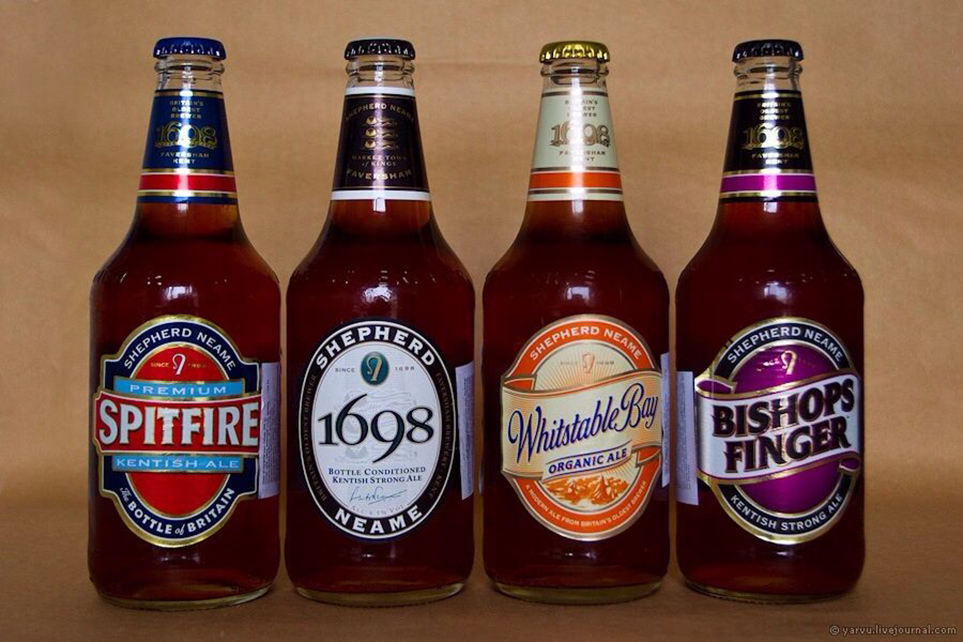
Where to Eat
The Cheese Room is a lovely café with outdoor seating near the St. Nicholas Church, offering delightful edibles of cheese boards and other yummy items on the menu. A great place to quench your thirst while sightseeing.
Café Nucleus is an award-winning restaurant serving a delicious brunch. The inside of the restaurant is beautifully decorated. Here you will find fantastic food, providing a full-on culinary experience.
Deaf Cat Coffee is a down-to-earth coffee shop. The shop’s name is after the furry friend that sat on Dickens’ desk while he wrote.

We had a wonderful time exploring Rochester! If you are a fan of Dickens (here is Dickens’ Footsteps self-guided map) or love wandering cobblestone streets or window shopping, you will indeed have a wonderful experience in Rochester.
Enjoy your travels! Please read my blogs about other exciting places around the world at Traveling Lens Photography.
If you want to read more follow me on Facebook, Instagram, or Pinterest as I share my journey.
Happy Travels!




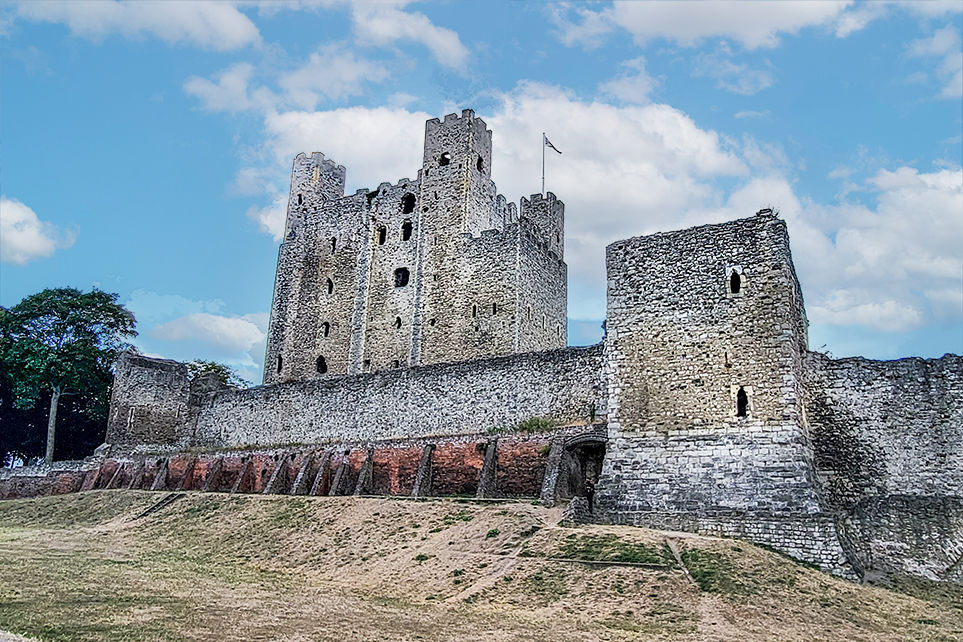
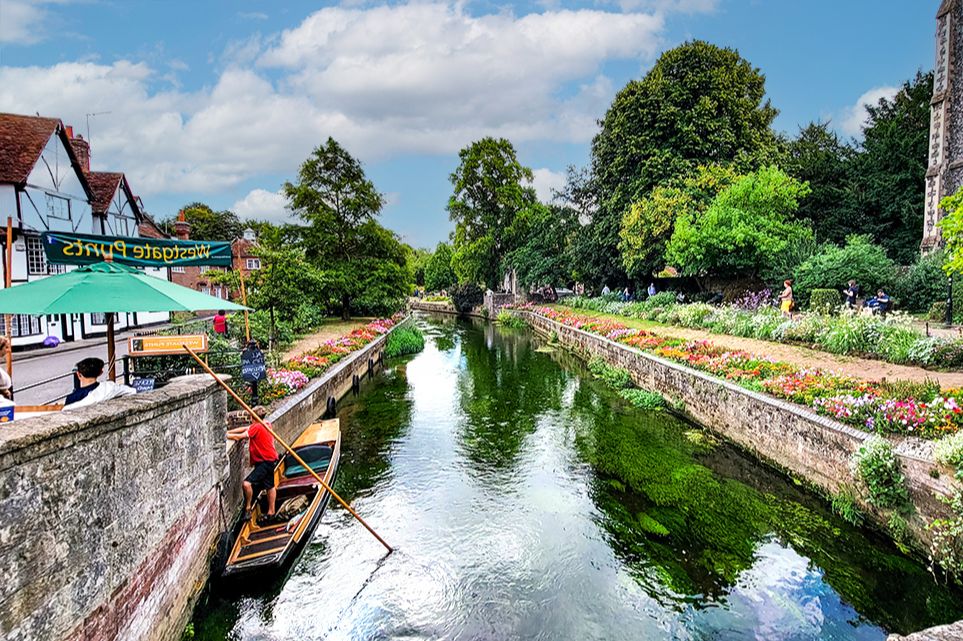

Ashley Anne
A day trip to Rochester offers a captivating blend of history, culture, and natural beauty. Whether you’re exploring ancient castles, admiring architectural wonders, or simply enjoying the riverside ambiance, Rochester is sure to leave you with lasting memories and a desire to return and discover even more.
Lanell Rachid
I agree! A wonderful place to explore.